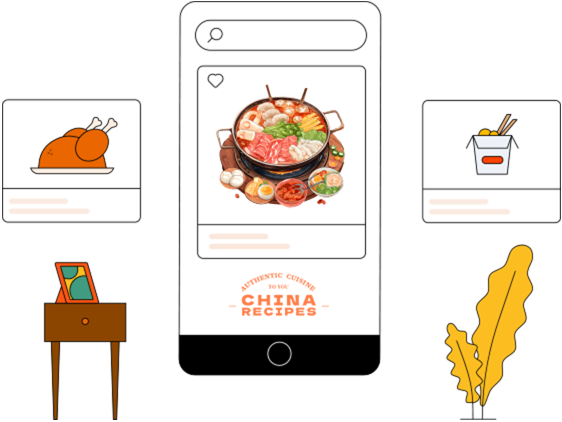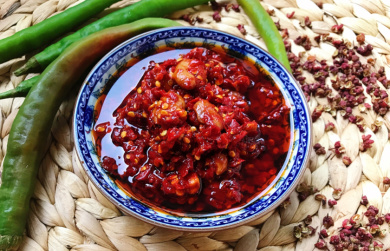New to cast - iron? Find out Is it healthy to cook in a cast - iron skillet
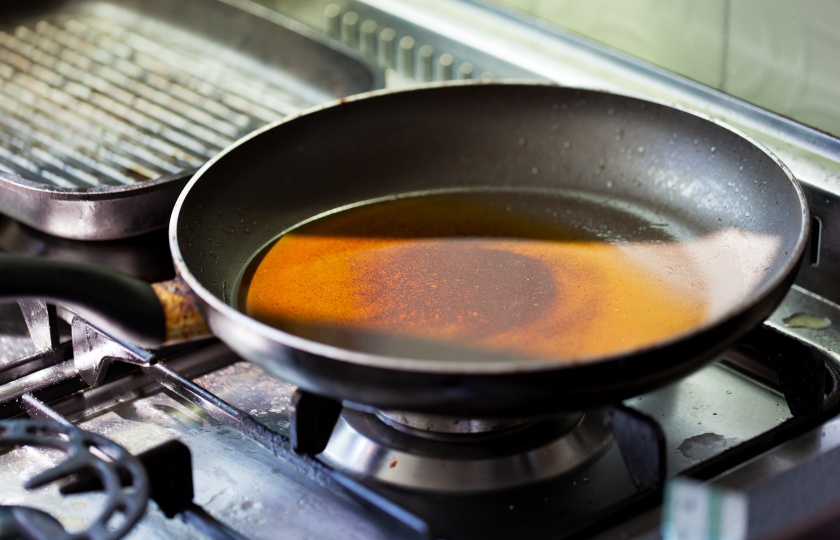
Cast iron frying pans are delicious, but many people worry about safety issues. Is it healthy to cook in a cast iron frying pan? Let's discuss this today!
Is it healthy to cook in a cast-iron skillet?
Cooking in a cast iron skillet is healthy.
In fact, using a cast iron frying pan to cook is quite healthy . First of all, a cast iron frying pan can release a small amount of iron during the cooking process. This iron will seep into the food and can effectively prevent iron deficiency anemia after being absorbed by the human body. For vegetarians and people who are prone to iron deficiency, it is simply an "iron supplement artifact."
Secondly, cast iron frying pans are not coated, so there is no need to worry about chemical dissolution. Compared with some coated pots, they are safer and healthier. Moreover, cast iron frying pans have excellent heat preservation properties, which can quickly lock in the nutrients of ingredients during cooking and reduce the loss of nutrients such as vitamin C.
However, there are some things to note when using a cast iron frying pan. Cast iron frying pans are more prone to rust, so be sure to wipe off the moisture after each use to keep the pan dry.
In addition, when cooking acidic foods (such as tomatoes), more iron may be dissolved, but as long as the cooking time is controlled, it will not have adverse effects on health.
Is it okay to cook in cast iron every day?
You can cook in cast iron pans every day.
Cast iron pans are made of natural cast iron materials and usually do not contain any harmful substances. They also do not release harmful gases during use. Therefore, they are harmless to the human body and are ideal cooking tools.
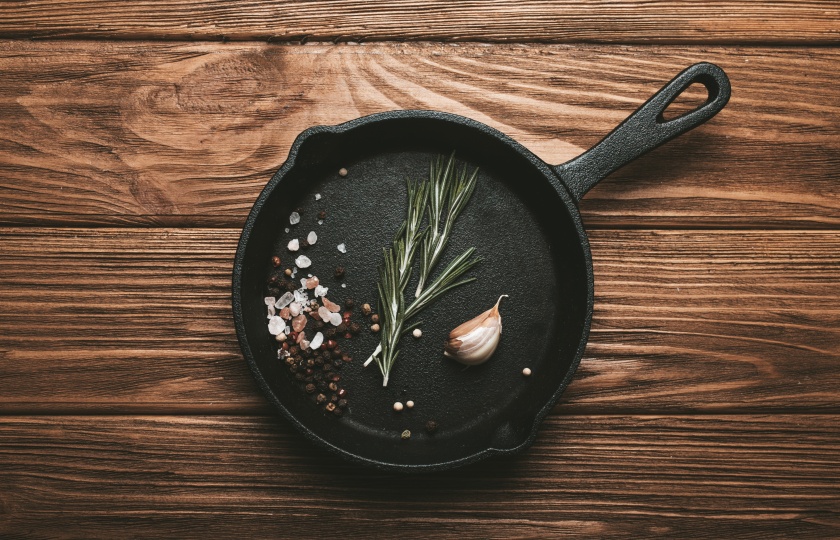
Secondly, the service life of a cast iron pan is relatively long. As long as it is well maintained during use, it can be used for 5-10 years without any problems. This also means that you can cook with a cast iron pan every day.
Then there is the excellent non-stick properties of cast iron pans. After proper maintenance, the surface of the cast iron pan will become extremely smooth, and you don’t need to add too much oil when cooking, and you can easily prevent the ingredients from sticking to the pan.
For those of us who pursue healthy eating, this is undoubtedly a great blessing. Cooking with a cast iron pot every day can help reduce the intake of fat, which is more in line with modern people's pursuit of a healthy life.
Can your body absorb iron from a cast iron skillet?
The human body can absorb the iron in a cast iron skillet.
Cast iron frying pans are mainly made of iron. During the cooking process, a certain amount of iron will dissolve into the food, mainly as divalent iron ions, while most of the iron dissolved in cast iron frying pans is trivalent iron ions.
When the iron from the cast iron skillet enters the human stomach, stomach acid reduces the ferric iron ions to ferrous iron ions, making it available for absorption and utilization by the body.
For example, foods rich in vitamin C, such as green peppers and oranges, when eaten with foods cooked in a cast iron skillet, vitamin C can further promote the absorption of iron and increase the absorption rate of iron.
However, if you consume some substances that inhibit iron absorption at the same time, such as tannic acid in tea and coffee, the absorption rate of iron ingested from the cast iron frying pan will be reduced.
What are the disadvantages of cooking with cast iron?
Cast iron pans have many advantages, but they also have some disadvantages:
Heavier weight:
Cast iron pots are mainly made of iron, and cast iron itself is thick and heavy. A cast iron pot is often much heavier than ordinary pots. This is really difficult for people with less strength to use.
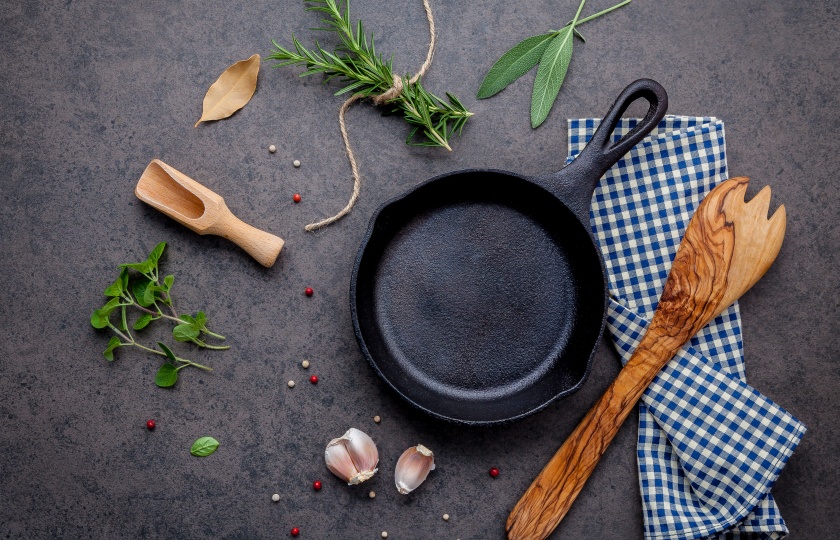
Prone to rust:
Cast iron pans are particularly prone to rust if not properly maintained, which not only shortens the life of the pan, but can also give food a rusty taste, affecting the taste.
Need to open the pot and maintain the pot:
If it is a newly bought cast iron pot, you need to open the pot when you use it for the first time, and the process is relatively cumbersome. You need to wash it first, then dry it on low heat, then apply oil and bake it repeatedly.
The temperature rise is relatively slow:
Compared with other common pots and pans, cast iron pots heat up more slowly when used, and need to reach the appropriate temperature before cooking, which sometimes affects the efficiency of cooking.
There may be coating problems:
Some businesses will apply coating to achieve better non-stick effect. If the coating quality is poor or it is used improperly, the coating may fall off. Eating the fallen coating may be harmful to the body.
Is cast iron safer than non stick?
It is necessary to analyze and compare from multiple perspectives.
First of all, from the perspective of material, cast iron pans and non-stick pans have their own characteristics. Cast iron pans are made of high-quality cast iron materials and will not release toxic gases or substances during use. The surface of non-stick pans is usually coated with a non-stick coating such as Teflon. These coatings are safe under normal use conditions, but if used improperly (such as high-temperature dry burning, scraping with a metal spatula, etc.), the coating may fall off, which may release harmful substances.
Secondly, from the perspective of use and maintenance, the two types of pots also have different requirements. Cast iron pots need to be preheated before use, and should be cleaned and properly maintained after cooking to avoid rusting. Non-stick pots are relatively simpler and easier to use, and do not require special preheating and maintenance steps, but when using them, you need to avoid using sharp tools such as metal spatulas to scratch the coating.
From the perspective of cooking effects, cast iron pans can transfer heat evenly and quickly due to their excellent thermal conductivity and heat preservation, allowing ingredients to be heated evenly, thereby better locking in the nutrients and delicious taste of the food. Non-stick pans are popular among consumers for their convenience, practicality and non-stick effect, and are especially suitable for cooking dishes that require less oil.
To sum up, I think cast iron pans are relatively more stable and reliable in terms of safety. Not only is the material safe and harmless, but it also has a long service life and good cooking results. Of course, non-stick pans also have their unique advantages and applicable scenarios. The key is to choose the right pans according to your cooking needs and habits, and use and maintain them in the right way.
Do I need to wash cast iron after every use?
Generally speaking, you don’t need to thoroughly clean a cast iron pan after every use. If you’re just cooking something simple, like frying an egg or stir-frying vegetables, and there are no stubborn stains in the pan, you can simply rinse it with hot water and wipe it dry.
However, if there is a lot of grease or food residue in the pot, it is recommended to gently wipe it with hot water and a soft cloth or sponge while the pot is still warm. If necessary, you can add a small amount of salt or baking soda to remove stubborn stains. However, try to avoid using detergent, as it will destroy the oil film on the surface of the cast iron pot.
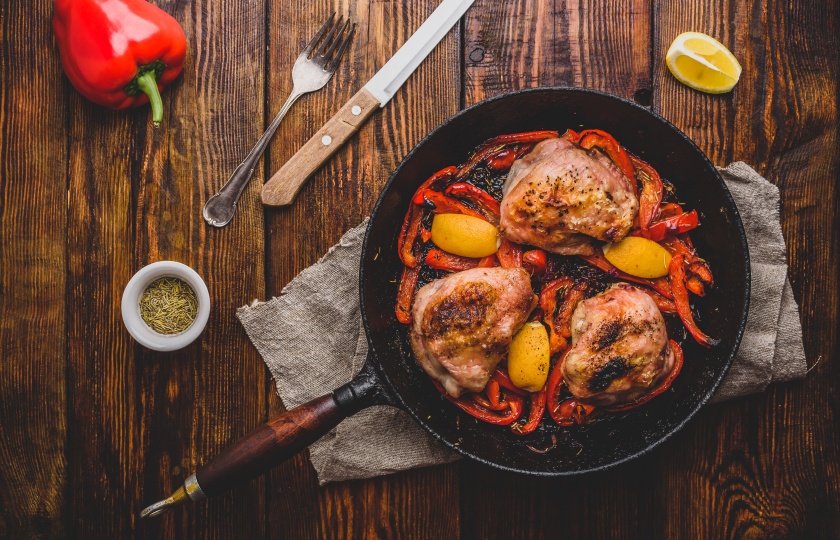
Maintenance after cleaning:
Wipe dry: After cleaning, wipe the pot dry with a clean cloth or kitchen paper to avoid residual moisture that may cause rust.
Apply cooking oil: Apply a thin layer of cooking oil (such as vegetable oil or lard) to the surface of the pot, and then place it on the stove over low heat until the oil starts to smoke. This will form a protective layer.
Storage: Place the pot in a dry and ventilated place, avoid humid environment.





